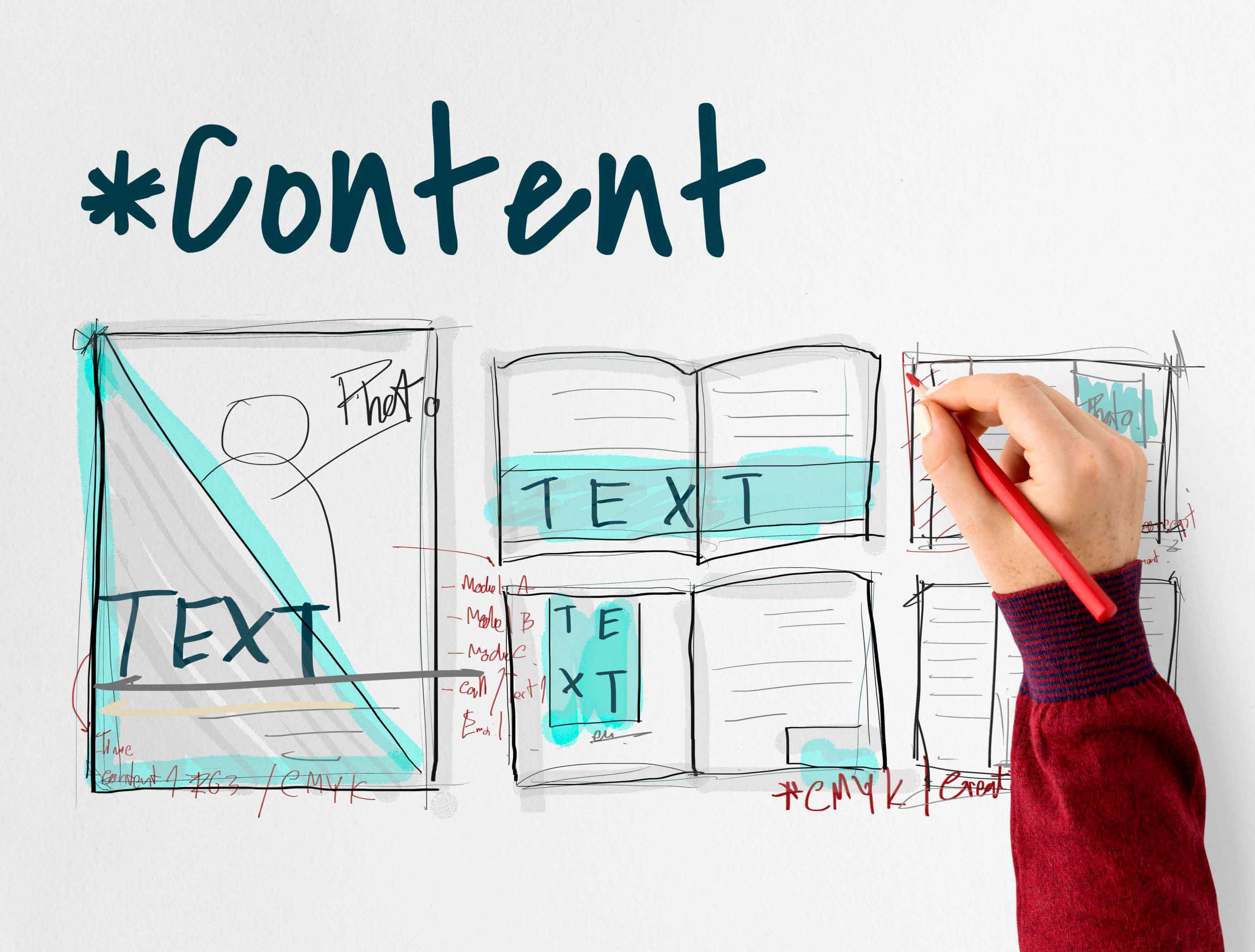Why is a bull the emblem of Lamborghini? The Lamborghini logo embodies more than just automotive excellence; it’s a testament to the brand’s passion for power and elegance, tracing back to founder Ferruccio Lamborghini’s zodiac sign, Taurus. Our exploration will take you through the logo’s conception, its evolution, and how it became a symbol of one of the ultimate sports car brands.
-
The Lamborghini logo, featuring a raging bull, symbolizes the brand’s commitment to power, performance, and luxury, drawing inspiration from founder Ferruccio Lamborghini’s zodiac sign of Taurus and a passion for Spanish fighting bulls.
-
The evolution of the Lamborghini logo over time reflects the company’s growth from its humble tractor manufacturing roots to a symbol of automotive brilliance and luxury, with the bull emblem and shield adding to its prestige and recognition.
-
Lamborghini’s tradition of naming cars after famous fighting bulls, such as the Miura, Diablo, and Aventador, aligns the vehicles with the brand’s powerful and formidable image, and the Lamborghini logo itself is integral to the company’s brand identity and commercial success.
The Birth of the Lamborghini Logo
The globally recognized Lamborghini logo is the embodiment of Ferruccio Lamborghini’s vision. A passionate mechanic and a lover of high-performance cars, Ferruccio believed in creating a brand that was synonymous with sophistication, class, and style.
Designed with a distinctive raging bull and assertive color scheme, the Lamborghini logo personifies these principles and is instantly recognizable.
Lamborghini's logo is not the only globally recognized logo. Discover the Evolution of the Batman Logo, see the details about Ultimate Guide to the Avengers Logo, don't forget to check out Meaning Behind The Barbie Logo and click to learn about The History Behind The TikTok Logo!
The Tractor Company Era
Before ascending to fame in the luxury sports car industry, Lamborghini was a tractor company. Established in 1948 by Ferruccio Lamborghini, Lamborghini Trattori began by producing tractors from discarded war materials and military vehicle engines.
The company’s founder, a visionary in the automotive industry, saw potential in the remnants of war and built a thriving business. As the production increased in the early 1950s with new Italian-made engines, so did Lamborghini’s reputation for quality and innovation. It was this foundation that eventually led to the moment when Lamborghini created its first sports car.
During this era, the Lamborghini logo was:
-
a modest monochrome pyramid with the initials ‘f l and c’
-
It lacked the iconic bull symbol we associate with the brand today
-
However, it was a fitting representation of the company’s humble beginnings and the straightforward, practical nature of its products.
Zodiac Inspiration
The bull we associate with Lamborghini today didn’t just appear out of thin air. It was inspired by Ferruccio Lamborghini’s zodiac sign - Taurus, the bull. Ferruccio admired the bull as a powerful and elegant creature, a symbol of strength and resilience that resonated with his personality.
Ferruccio’s encounter with Spanish fighting bulls at the Sevilla ranch in Spain cemented his decision to adopt the bull as Lamborghini’s symbol. Here, he witnessed the might and valor of Spanish fighting bulls, which left a lasting impression on him. Thus, in 1963, the Lamborghini symbol featuring a bold, golden bull within a black shield was born, forever linking the brand’s identity with the power and elegance of the bull.

Do you want to design the perfect logo for your brand but don't know where to start? Don't worry! Check our latest content; Best AI Logo Generators.
Evolution of the Lamborghini Logo
The Lamborghini car logo is a symbol of luxury and speed, and the Lamborghini emblem adds an extra touch of prestige to this iconic brand. With its sleek design and powerful performance, it’s no wonder that the Lamborghini symbol is synonymous with high-end sports cars. But have you ever wondered about the Lamborghini logo meaning?
Classic Red Shield (1963-1972)
1963 marked the introduction of Lamborghini’s first official car logo. The design featured:
-
An iconic charging bull on a red shield, symbolizing aggression and passion
-
The color red, often associated with bull symbols, complemented the dynamic presence of the bull
-
The stylized font embodied notions of speed and power.
The logo was a visual embodiment of the brand’s commitment to performance and power. It was not just a symbol; it was an open challenge to other sports car manufacturers, a testament to the relentless pursuit of automotive excellence that Lamborghini was determined to achieve.
Golden Age (1972-1974)
The Lamborghini car logo journey, an essential part of Lamborghini logo history, embarked on a new chapter in 1972. The brand introduced gold and black color options, reflecting its growing image of luxury and prestige. The bull, now enclosed within a black shield, was outlined in gold outline, and the brand’s name was inscribed above it in bold, sans-serif lettering.
The changes were subtle yet significant. The bull was given more definition and shading to add realism and elevate its visual impact. This period, often referred to as the “Golden Age,” was a testament to Lamborghini’s relentless pursuit of excellence and its commitment to luxury and high performance.
Simplification (1974-1998)
1974 saw another evolution of the Lamborghini logo, adopting a more contemporary and streamlined brand image. The Lamborghini car logo now featured:
-
A monochrome color scheme
-
The bull silhouette was streamlined to match the modern aesthetics
-
The brand name was placed beneath the shield, written in bold, sans-serif font.
The softened shield edges and the simplified bull silhouette were more than just design changes. They were an affirmation of Lamborghini’s ability to evolve with time, to stay relevant and appealing to changing consumer tastes without losing its core identity.
Modern Revival (1998-Present)
1998 witnessed a modern revival of the Lamborghini logo, giving birth to the new Lamborghini logo. The bull was now three-dimensional and golden, set against a black background. The sharp angles and the sophisticated look gave the Lamborghini logo a new level of intensity and dynamism.
The golden bull, with its detailed gradients, symbolized the brand’s focus on luxury and power. The unique all-capital golden font for the brand name added to the logo’s appeal, while the classical font in the upper part of the shield catered to Lamborghini’s elite clientele. Thus, the Lamborghini emblem became a visual testament to Lamborghini’s commitment to luxury, innovation, and high-performance automobiles.

Dissecting the Design Elements
The current visual identity of the Lamborghini logo seamlessly blends design elements that reflect the brand’s values. The logo features:
-
The charging bull
-
The shield emblem
-
The typography
-
The color palette
Each of these elements tells a part of the Ferruccio Lamborghini story, conveying the luxury, sophistication, style, power, and performance of Lamborghini cars.
The Charging Bull
The charging bull sits at the heart of the Lamborghini logo. This iconic symbol represents the brand’s power and performance. The bull’s aggressive posture and the energy it exudes align perfectly with Lamborghini’s vision of creating high-performance sports cars.
The bull, a warrior’s symbol, embodies an unyielding and untamed spirit. It resonates with the personality of Ferruccio Lamborghini and the brand’s commitment to innovation and excellence in the world of luxury sports cars. This powerful symbolism has made the raging bull synonymous with Lamborghini, signifying power, elegance, and strength.
Do you want to learn the meaning and history behind the iconic Jordan logo? Click to discover.
The Shield Emblem
Beyond being a design element, the shield emblem in the Ferruccio Lamborghini logo bears profound symbolic meaning. It signifies:
-
Strength
-
Power
-
Protection
-
Security
These attributes perfectly align with the brand’s image in sports car manufacturing, making their high-performance luxury sports cars a top choice for car enthusiasts. The shield, with its sharp edges and bold lines, further emphasizes these qualities.
Introduced in 1972, it laid the foundation for the brand’s modern emblem, symbolizing its commitment to quality and evoking a sense of prestige. More than just a logo design element, the shield is a testament to the brand’s heritage and its commitment to automotive excellence.
Typography Choices
The Lamborghini logo’s typography, often referred to as the Ferruccio Lamborghini logo font, serves as another essential logo design element. The use of a sans-serif font in all capital letters reflects the brand’s commitment to innovation and design. The sharp, clean lines and the modern, edgy aesthetics of the font embody feelings of power and sophistication, central to the Lamborghini brand.
The custom-crafted typography, featuring a bold sans serif wordmark, is designed to reflect the unique attributes of the brand, such as exclusivity, luxury, and the robustness of its vehicles. The simplicity and weight of the typography strategically align with the performance-driven image of the brand, further enhancing its exclusive and luxurious appeal.
Color Palette
The black and gold color palette of the Lamborghini logo holds a critical role in communicating the brand’s values. Black symbolizes formality, elegance, sophistication, and power, while gold represents luxury and wealth. Together, they project an image of authority, high quality, and exclusivity.
The transition from the previous red and white color scheme, signifying passion and strength, to the current black and gold palette, was a significant milestone in the Lamborghini brand logo evolution. It effectively grabs attention and conveys luxury and exclusivity, while balancing the seriousness and elegance of black with the cheerfulness and warmth of gold.
The current black and gold outline color palette symbolizes the brand’s power, elegance, luxury, and innovation in automotive design.

Lamborghini's Connection to Bullfighting
Lamborghini’s connection to bullfighting transcends its logo and extends to its car models. The brand has a tradition of naming its car models after famous fighting bulls, aligning with the brand’s bold and powerful image. The car models named after legendary bulls celebrated for their ferocity and strength in the bullfighting arena are:
-
Miura
-
Diablo
-
Murcielago
-
Gallardo
-
Reventon
-
Aventador
Other models, like the Espada, which translates to ‘sword,’ directly reference bullfighting terms, further embedding the sport’s cultural heritage within the brand’s identity. The naming strategy not only honors the bravery and athleticism of the bulls but also signifies the potent performance and unique character of Lamborghini’s cars. For instance, the Veneno, which means ‘venom,’ showcases the car’s deadly performance.
Impact of the Logo on Brand Identity
The Lamborghini logo serves not just as a symbol, but as the cornerstone of the brand’s identity. In a survey conducted by Ipsos in 2021, Lamborghini’s logo was the second most recognized automotive brand logo in the United States, with 69% respondent recognition. The iconic emblem helps form an emotional connection with consumers, fostering loyalty and trust through the brand values it communicates.
The emblem has played a crucial role in Lamborghini’s commercial success, with vehicle sales increasing by 10% in 2022 and the brand’s revenue reaching 2.3 billion euros. It’s a symbol of the company’s success and heritage, adding to the appreciation of the brand when one encounters a Lamborghini vehicle. The distinctiveness of the Lamborghini logo serves as the foundation for a cohesive brand identity, central to what the brand stands for and how it is perceived.
Now that you know the logo has a huge impact on brand identity, don't forget to check out the Best Branding Agencies, find the perfect branding agency for your business!
What Animal is on the Lamborghini Logo?
For those still curious, the Lamborghini logo features a bull. Chosen due to Ferruccio Lamborghini’s zodiac sign, Taurus, and his passion for bullfighting, the bull symbolizes power and performance. It represents Ferruccio’s warrior spirit, unyielding and untamed, which resonated with his personality and the brand’s commitment to creating superior sports cars.
From its humble beginnings as a tractor company to its current status as a leading luxury sports car manufacturer, Lamborghini’s logo has evolved alongside the brand. The charging bull, the shield, the typography choices, and the color palette each tell a part of the Lamborghini story, weaving a narrative of power, elegance, and relentless pursuit of excellence. The logo is more than just a symbol; it’s the embodiment of a vision, a testament to the brand’s commitment to innovation and design, and a beacon for all those who dare to dream and strive for nothing but the best.

Frequently Asked Questions
Why is Lamborghini logo a bull?
The Lamborghini logo features a bull because the company's founder, Ferruccio Lamborghini, who was born under the zodiac sign of Taurus, valued the strength and determination associated with the bull. This inspired him to incorporate the bull into the brand's logo.
What is the meaning of the word Lamborghini?
The word "Lamborghini" is simply the surname of the company's founder, Ferruccio Lamborghini, and does not carry a deeper meaning.
Which country owns Lamborghini?
Lamborghini is owned by Italian company Automobili Lamborghini S.p.A., based in Sant'Agata, Bolognese.
Is a Ferrari a Lambo?
No, a Ferrari is not a Lambo. They are separate companies with well-matched competitors.
Why did the color scheme of the Lamborghini logo change from red and white to black and gold?
The change in the Lamborghini logo's color scheme from red and white to black and gold marked a milestone in the brand's evolution, projecting a sense of luxury and exclusivity. The new colors aimed to capture attention and convey a growing image of prestige.
Logos play crucial role in digital marketing and brand positioning. Discover the Best Digital Marketing Agencies, see the details of Best Digital Marketing Agencies in Philadelphia and find the best agency for your business with Edvido!
"Strengthen your brand's position with top experts. Find them on Edvido."






















